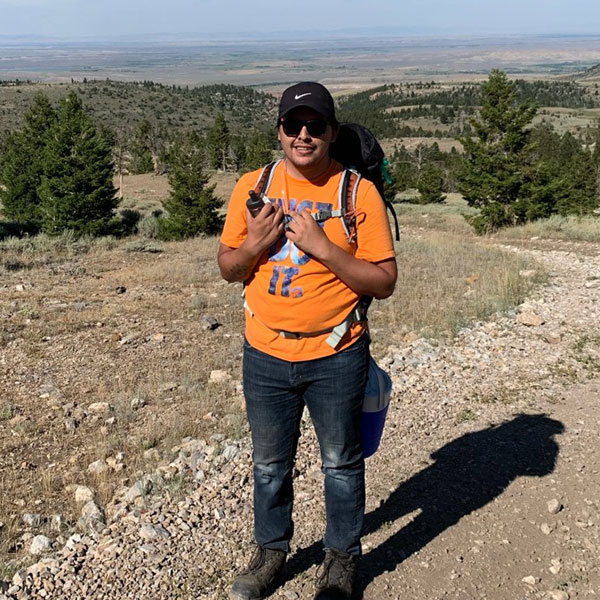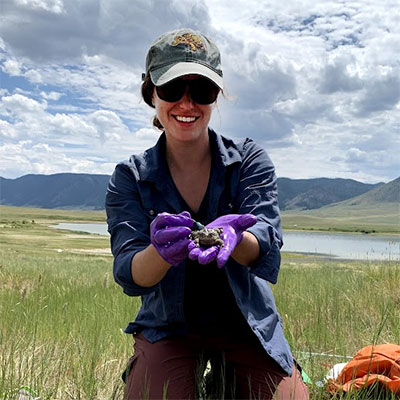Christina M. Sluka - Variations in Raccoon Behavior and Morphology Across Urbanization Gradients
Christina M. Sluka
Biodiversity Graduate Student Research Enhancement Grant
Program in Ecology and Department of Zoology and Physiology
Graduate Advisor: Dr. Merav Ben-David
Project Summary:
Urban areas provide viable habitat for only a subset of the surrounding ecosystem, but are crucial for maintaining biodiversity as they become the dominant feature on many continents (Faeth, Bang, & Saari, 2011). As urban areas around the world have grown substantially over the last 300 years, biologists have attempted to explain why some animal species can invade and thrive in such human-altered environments whereas others are incapable of adjusting (Faeth et al., 2011; Louppe, Herrel, Pisanu, Grouard, & Veron, 2021). Urban gradients and the related changes in biodiversity have been frequently studied with the goal to facilitate urban development and biodiversity management (Faeth et al., 2011; Nilon, 2011; Rastandeh, Brown, & Zari, 2018; Vuorisalo, Lahtinen, & Laaksonen, 2001). However, first, we must better understand the characteristics of species that establish viable populations in urban areas. This project uses a frequent urban species, the North American Raccoon (Procyon lotor), to assess how cities influence behavior and morphology across the United States and across the history of urbanization in a common carnivore. Variations in urban and rural raccoon behavior may demonstrate characteristics that predict urban success or show how urban infrastructure constrains populations and gene flow. Changes in raccoon morphology across the history of urbanization in the US will demonstrate how cities have evolved over time and how these changes may influence speciation.
Share This Page

Research Highlights





